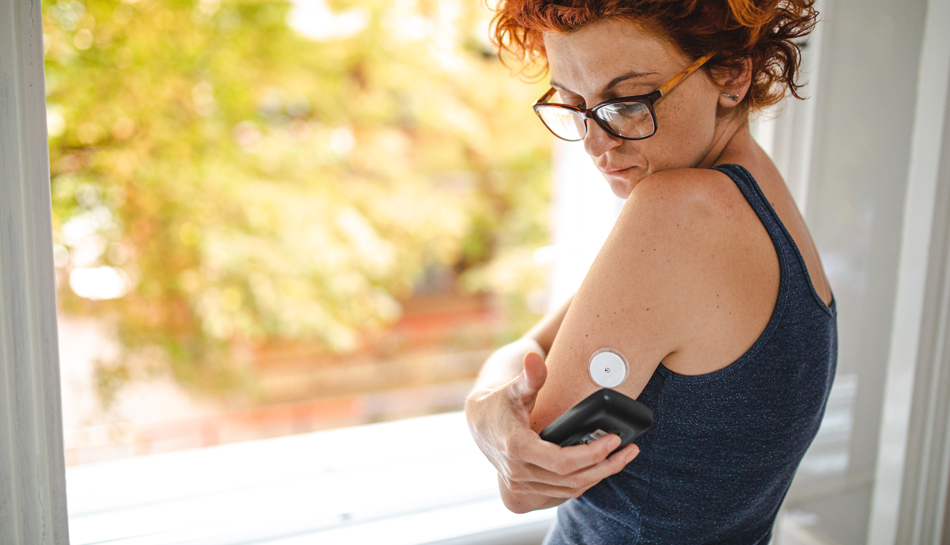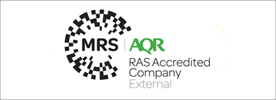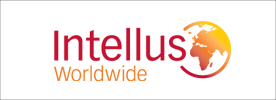
When thinking about wearable technology, our minds typically gravitate to fitness trackers that we use to monitor steps, calories burned, and heart rate. While this type of wearable technology has become increasingly popular over the years for everyday use, wearable technology has also gained traction in the healthcare industry. With the introduction of devices such as wearable blood pressure monitors and electrocardiogram (ECG) monitors, tracking our health has never been more convenient.
Valued at $61.30 billion in 2022, the global wearable technology market is expected to increase at a compound annual growth rate of 14.6% from 2023 to 2030*. Growing adoption of fitness trackers, smart watches, ECG monitors, blood pressure monitors, and biosensors among consumers drives commercial growth, motivating manufacturers to develop them further, making them more sophisticated, and improving accuracy. The healthcare sector is predicted to encounter its second-fastest growth rate between 2022 and 2030 due to the increased use of wearable devices across healthcare.
In a recent M3 survey, 4,000 physicians and healthcare professionals predicted the healthcare trends they believed would have the greatest impact in 2023 and beyond. Universally, healthcare professionals agree that wearable devices will be among the top three most impactful trends in the healthcare sector. According to the survey, a significant majority of the participants believe that wearable technology plays a crucial role in healthcare, 80% either believe it is very or somewhat important in facilitating healthcare services in their respective countries.
What is wearable technology?
From AI-powered hearing aids to disposable sensor skin patches, wearable technology also referred to as “wearables” are any form of an electronic device with built-in sensors used to track your body movements and physiological parameters. They are designed to be worn directly on users’ skin or attached to their clothing. Built with complex algorithms, microprocessors, batteries, and internet connectivity, wearables can provide valuable insights into users’ body functions and help optimise their health and wellness.
Wearable Technology in Healthcare
Healthcare is no longer limited to just hospital visits and appointments, having wearable technology to measure, process, and analyse health indicators allows physicians and healthcare providers to monitor their patients from anywhere. Having frequent access to their patient’s health data enables professionals to detect health issues earlier, make detailed diagnoses, and provide personalised health recommendations and treatment plans.
In the last decade, the number of medical wearables has grown exponentially. As these products continue to evolve, most researchers predict that wearables have significant potential for improving global public health.
Types of Wearable Technology Used in Healthcare
ECG MonitorsHaving a heart rate monitor at your fingertips, wearable ECG monitors track the heart’s electrical activity and alert users in real-time if there are any irregularities. Worn as a watch or adhesive patch attached to a monitor, ECG monitors can provide valuable data to doctors, enabling them to diagnose heart-related or cardiac conditions such as arrhythmia, atrial fibrillation, and heart failure. Offering more than just a snapshot of heart activity, healthcare professionals have access to historical data points through ECG monitors, providing a more comprehensive view of heart health and allowing for earlier detection of potential issues.
CGM MonitorsManaging blood sugar levels is crucial for people with diabetes, but it’s not always easy. Usually placed on the abdomen or upper arm, continuous glucose (CGM) monitors provide real-time data to help manage blood sugar levels. Having access to glucose readings, trends, and alerts helps patients with diabetes and their caregivers manage blood sugar levels and support clinical decision-making.
Blood Pressure MonitorsCompared to traditional blood pressure cuffs, blood pressure monitors can be worn as a wristband or watch and allow users to take measurements in the comfort of their own homes, without the stress-related responses that can occur in clinical settings. This makes it easier to track blood pressure trends and understand how lifestyle factors can affect users’ health on a daily basis. Having this data readily available, healthcare providers can help their patients make data-driven decisions on their diet and activities.
Wearable BiosensorsAs wearable technology has evolved over the past decade, a large focus has been on driving innovation in electrochemical and optical biosensors. These cutting-edge sensors offer non-invasive monitoring of biomarkers, bacteria, and hormones. One example of this innovation is a self-adhesive patch that enables patients to move freely while collecting data on their mobility, heart rate, respiration rate, and temperature. These flexible and stretchable biosensors are revolutionising the way health data is collected. making it more feasible, accurate, and comfortable than ever before.
Watches and Fitness TrackersDesigned to track an array of indicators and integrate with smartphones to promote healthy lifestyle choices, watches and fitness trackers have become increasingly popular. By integrating wearable data with established health records, researchers and healthcare providers can obtain a comprehensive overview of an individual’s health metrics. This approach also allows for the analysis of aggregated data, offering insights into health and disease trends with the broader population.
However, this is only possible if users agree to share their wearable data and allow access to third parties. According to the Analysis Health Information National Trends Survey Data 2019, 81.86 % of US adults said that they were happy to share wearable data with their healthcare providers, versus only 69.51% who were willing to share the data with family and friends.
Future of Wearable Technology in Healthcare
These types of wearable devices are being developed faster and applied more widely, making them increasingly accessible to the general public, which may support self-health monitoring and preventive medicine. The future of wearables is exciting and the possibilities seem endless. It seems likely that the development of new and innovative wearable technologies will play a role in supporting our health and well-being.
In conclusion, wearable technology is becoming increasingly important in the healthcare industry. Wearable devices, such as ECG monitors, CGM monitors, blood pressure monitors, biosensors, watches, and fitness trackers, allow healthcare professionals to monitor patients' health indicators, detect health issues earlier, and provide personalized treatment plans. The global wearable technology market is predicted to increase at a compound annual growth rate of 14.6% from 2023 to 2030, with the healthcare sector expected to encounter its second-fastest growth rate. The potential for wearables to improve global public health is significant, and with the continued development of these devices, we can expect even more advancements in self-health monitoring and preventive medicine. As patients become more comfortable with sharing their wearable data, healthcare providers can use aggregated data to gain insights into health and disease trends, providing a comprehensive overview of an individual's health metrics.
Interested in learning more about our panel and services?





